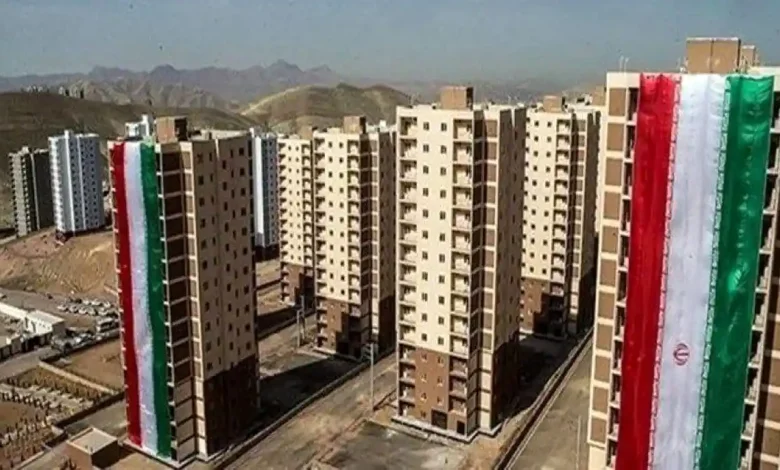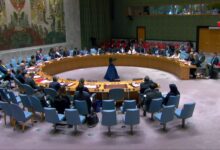Unfavorable situation of supportive housing in Iran/ why government projects remain unfinished?

According to Tejarat News, housing prices have experienced an unprecedented increase in recent years, while on the other hand, people’s purchasing power has also decreased drastically, and as a result, people have lost the ability to buy shelter.
In this situation, the closest way for people to become homeowners is to register in supportive housing schemes. Projects that have different rules and conditions in different countries and are generally considered for the lower social deciles, but the situation of construction of supportive housing in Iran does not seem to be very promising like other policies applied in the housing market.
Synopsis of supportive housing in Iran
Almost none of the support schemes implemented by the government in recent years have been fully implemented. The Mehr housing units, which were implemented in the Ahmadinejad government in the 80s, have not yet been fully delivered, and the task of building them is being transferred from one government to another.
Recently, 60,000 Mehr housing units were supposed to be handed over in the President’s government, and only the keys to half of these units have been given to their owners. The National Housing Action Plan, which was launched in Rouhani’s government, has a similar fate to Mehr Housing, and some of its applicants are still looking forward to handing over their units.
The national housing movement, which was raised as the slogan of the revolutionary government after the inauguration of a president, still has not made any progress in it after two years.
The government’s inattention to housing market inflation
Supportive housing projects are generally built in a cooperative manner and people pay the determined installments in several different stages, but the issue in this regard is the government’s inattention to the heavy construction costs and rising inflation in Iran. General inflation, inflation of construction materials and increase in wages of workers make construction costs to have an upward trend and do not correspond to reality with their initial planning.
Governments initially announce a low cost for the finished price of housing, and since the construction speed of these units is also slow, after a while, they announce a higher amount in subsequent installments to deposit to the people; An issue that is unexpected for some applicants and causes them to withdraw.
For example, the Ahmadinejad government initially announced that it could deliver Mehr housing units to the people with seven million Tomans. The claim that after a short period of time was found to be unpractical and ultimately caused many people to leave this plan.
Of course, this is not the only case of an irrational view of construction costs in the field of supportive housing. In the plan of the National Housing Movement, the initial proposed figure to mass builders was about four million and 500 thousand tomans per meter; A number that was not attractive to them and this factor became the reason for delaying the start of this project. At the same time, experts in this field had estimated the minimum construction price in Tehran to be 10 million tomans per meter.
The supportive housing project is the last hand that may be used to make the lower deciles of the community homeowners in this chaotic situation of the housing market. Therefore, the government should build these units more realistically and prepare policies so that the delivery time of these projects can be minimized; As mentioned, more than 15 years have passed since the start of the Mehr housing project, but some are still waiting for the delivery of their units.
Read more reports on the housing page.

